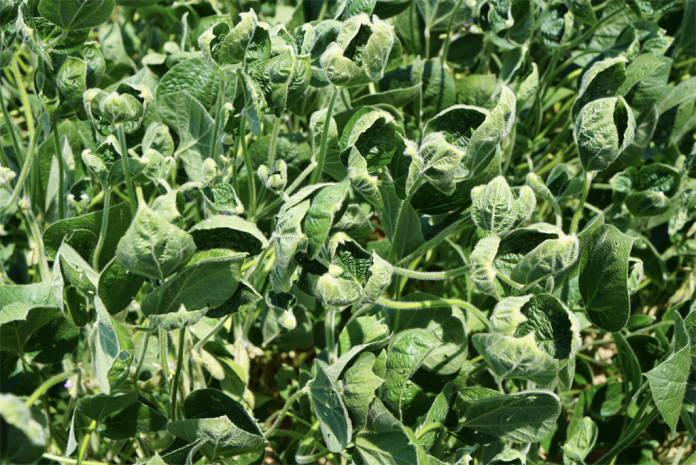KNOXVILLE, Tenn. — Higher temperatures and mixing glyphosate with dicamba led to increased atmospheric concentrations of dicamba, according to scientists with the University of Tennessee Institute of Agriculture.
Tom Mueller and Larry Steckel, professors in the UT Department of Plant Sciences, examined dicamba measurements following an application to soil inside a humidome.
The dicamba formulations examined were diglycolamine (Clarity) and diglycolamine + VaporGrip (XtendiMax).
Both formulations were applied as a mixture with glyphosate (Roundup PowerMax), and XtendiMax was also applied alone.
Applications were made across a range of temperatures and monitored for 60 hours. Researchers then used air samplers to collect dicamba from the atmosphere within the humidome.
Results
More dicamba was detected in the humidome as the temperature increased, with the largest gains coming when temperatures exceeded 85 degrees.
Across temperature ranges, the addition of glyphosate to dicamba formulations increased detectable dicamba air concentrations by three to nine times compared to dicamba alone.
According to Mueller, the most plausible explanation for the increased detection of dicamba was that glyphosate lowered the solution pH, resulting in more dicamba being in acid form, which is known to increase dicamba volatility.
With increased volatility comes increased potential for off-target movement of the herbicide and injury to non-dicamba-tolerant plants.
Many products containing glyphosate are presently approved to be mixed with dicamba before spray applications.
However, UT weed experts are discouraging the addition of glyphosate to XtendiMax, as well as other low-volatile dicamba formulations, Engenia, FeXapan and Tavium.
Restrictions
Several states have implemented dicamba spray cutoff dates to correspond with the times of year when temperatures consistently rise above 85 degrees.
Scientists recommend not spraying dicamba when temperatures exceed 85 F, and leaving glyphosate out of dicamba spray mixtures.










